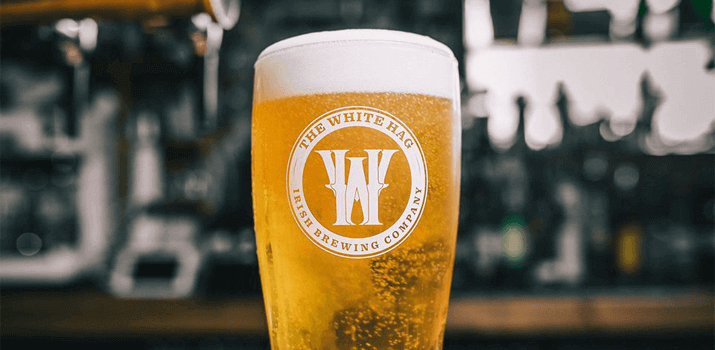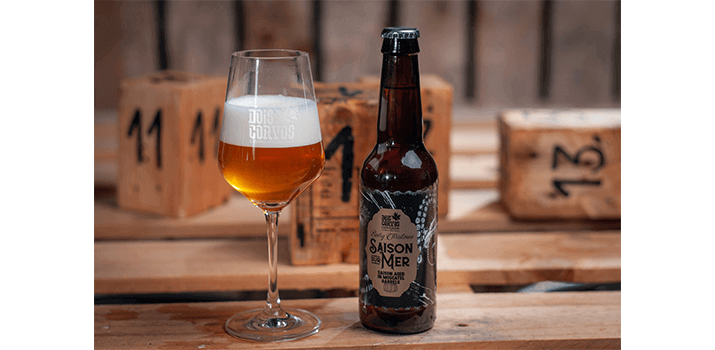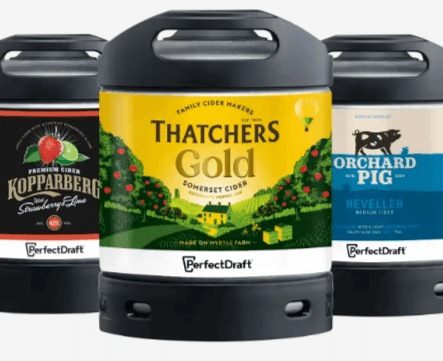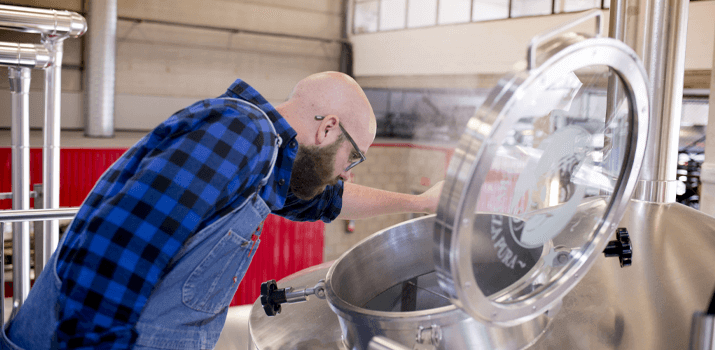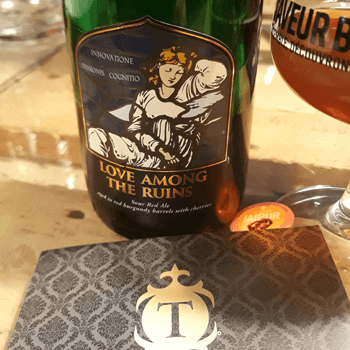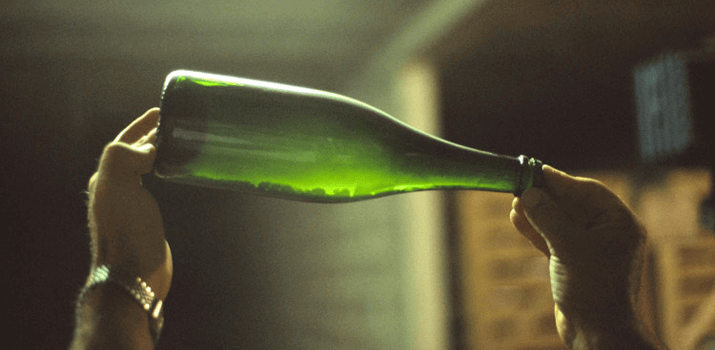
What Is fermentation? Understanding the main stages
Fermentation is a metabolic process in which a medium undergoes a series of chemical reactions to extract energy—essential for brewer’s yeast. One of the most common examples is alcoholic fermentation. In this phase, fermentable sugars in the must are transformed by micro-organisms (yeasts) into alcohol and carbon dioxide (CO2).
The brewer’s key responsibility is to create an ideal nutritional environment that allows the yeast to perform optimally. Fermentation is divided into two main phases: primary fermentation and secondary fermentation.
Primary fermentation
Primary fermentation includes two sub-phases: the lag phase and the exponential (budding) phase.
Lag phase
In the lag phase, yeast is introduced into an oxygen-rich environment (aerobic conditions). As living organisms, yeasts initially focus on respiration, strengthening their cell walls and reproducing through budding. This consumes the available oxygen in preparation for the next phase. This phase typically lasts between 1 to 8 hours.
Respiration reaction:
SUGAR + OXYGEN → CO2 + WATER + HIGH ENERGY
Exponential budding phase
During this phase, yeasts multiply rapidly. A single yeast cell can bud up to 10 times, increasing cell concentration from 10 million to 100 million cells per milliliter. Yeasts then disperse throughout the fermentation medium.
They release several by-products, including aromatic esters, phenols, organic acids, amino acids, and also some undesirable compounds like diacetyl.
This phase usually begins around 8 hours after inoculation and lasts 3 to 7 days, depending on environmental factors. As oxygen depletes, yeasts shift to anaerobic metabolism—alcoholic fermentation—where they convert sugars into alcohol and CO2.
Alcoholic fermentation reaction:
SUGAR → CO2 + ALCOHOL + LOW ENERGY
During this stage, you’ll notice a drop in density and pH (acidification). CO2 bubbles rise to the surface, carrying proteins and young yeasts, forming a brown, creamy foam known as Kräusen.
Secondary fermentation
This phase includes the stationary phase and the decline phase. It typically begins 3 to 7 days after yeast inoculation. Fermentable sugars and nutrients become scarce, and yeast activity slows. Yeast enters a dormant state, forming a sediment layer at the bottom of the fermenter—mostly dead cells.
In professional settings, this deposit is gradually removed. Bubble activity fades, and only traces of Kräusen remain. Yeasts begin reabsorbing unwanted by-products released during primary fermentation, helping clarify the beer.
Important Tip: Many homebrewers mistakenly bottle the beer immediately after primary fermentation ends, once bubbles stop. This prevents proper flavor development and poses a risk of bottle explosions due to residual fermentation.
Complex sugars like maltotriose are metabolized more slowly. If bottling occurs too soon, these sugars may ferment later in the bottle, causing over-carbonation.
Discover other articles about beer : Why does beer foam ? and Why is my beer cloudy ?
ALCOHOL ABUSE IS DANGEROUS TO YOUR HEALTH. DRINK IN MODERATION.



